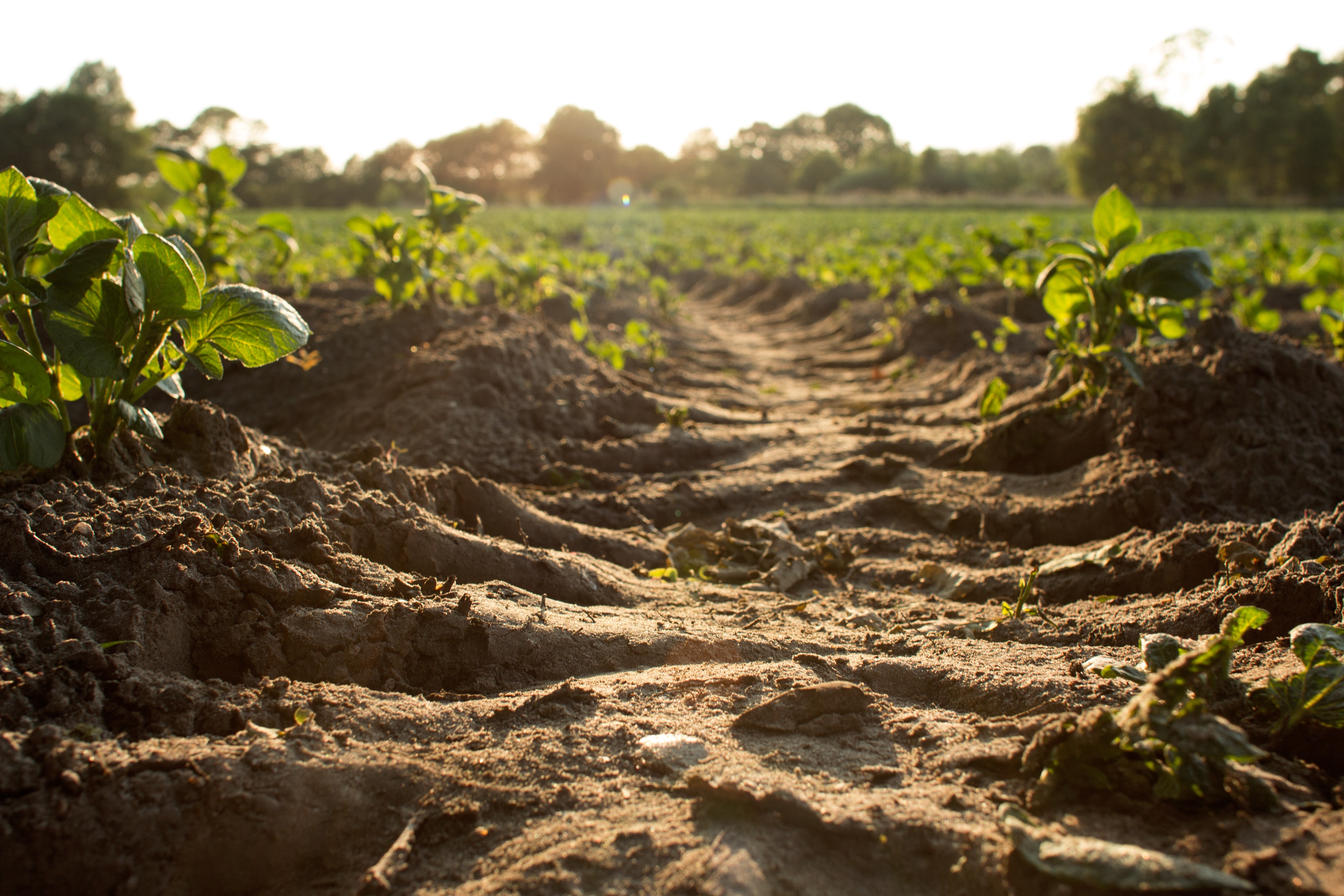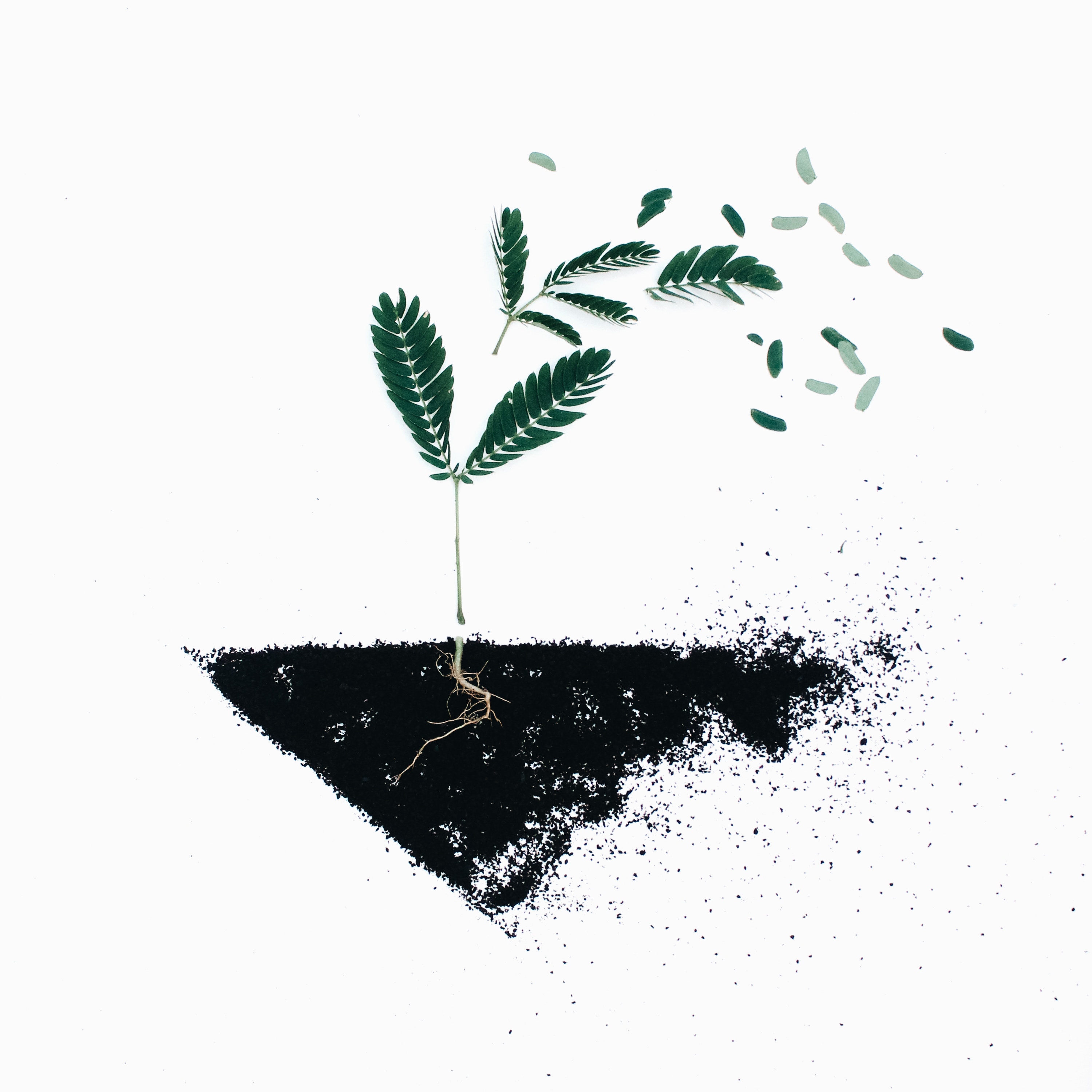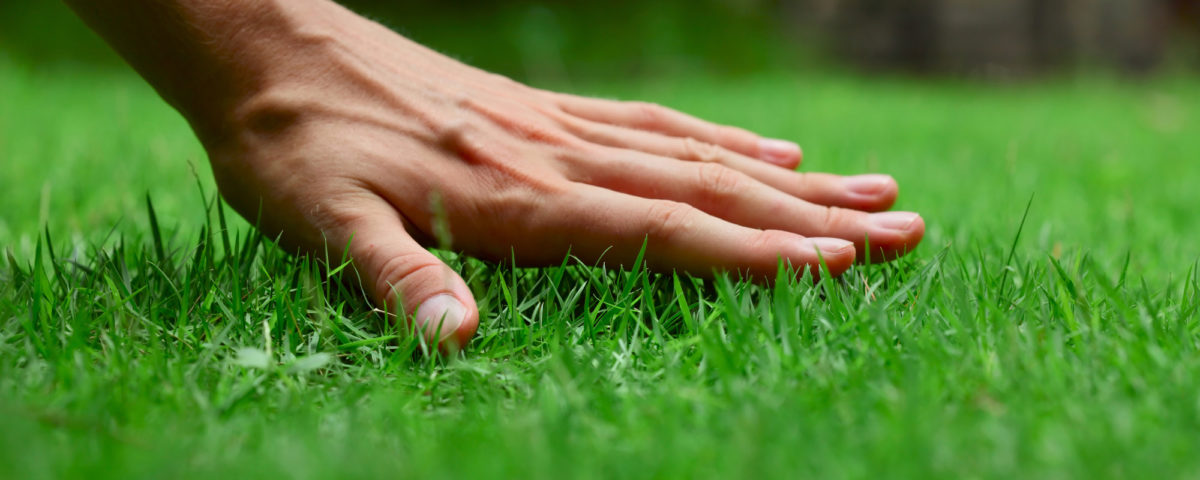
The Benefits of Performing a Soil Test
February 16, 2021
Erosion Control 101
February 16, 2021In landscaping, there are plenty of different issues that you might find yourself trying to deal with from time to time. They range from easy fixes to serious issues that will require some effort to tackle. One of the common issues that many landscapers run into when it comes to dealing with the plant life on their property is root rot. This is an issue that can lead to the full collapse of your plant’s root system, which means it is a problem that you should take very seriously.
Root rot can affect both your lawn and other plants in your garden beds and across your landscaping. If you don’t deal with it the right way, it will completely derail your landscaping and will cause you to have to replace many of the plants on your property completely. We’ve put together a brief article that provides more valuable information about root rot and what you can do to fight against it. Keep reading on below to learn more about this common landscaping issue and remember that you can always reach out to Cal Blend Soils if you are interested in landscaping products to improve your property.
What is Root Rot?
Before we go through some of the ways to fight against root rot, it’s important to learn a little more about what exactly it is and why it happens. Root rot is a term that refers to a number of different soil-inhabiting fungi. It is a plant disease that tends to occur in a specific set of conditions and slowly leads to the destruction of your plant’s root system. Some of the most common root rot pathogens include Fusarium, Pythium, and Thielaviopsis. The bottom line here is that root rot is a serious issue that is best dealt with through prevention.
How to Recognize Root Rot
There are several ways that you can identify root rot, all it takes is knowing what to look for. Unfortunately, some of the symptoms of root rot can easily be mistaken for other things like nutritional deficiencies. One of the tell-tale signs that you are dealing with root rot is when the roots of your plants are soft and brown. Healthy roots are typically white in color and firm in texture. As the fungi advance and spread throughout your plants, the healthy roots will become mushy and slowly kill your plants.
The reason why is that when the roots aren’t strong, they aren’t able to help your plants absorb the nutrients that they need. You might also notice that the leaves of your plants are wilting or that the growth of your plants is stunted. The best way to examine the roots of your plants is to loosen the soil around the suspected plant with a shovel and remove it from the soil. Shake the soil from the roots gently and then take a look to see whether or not they are being affected by root rot.
Dealing with Root Rot
If you’ve determined that your plants are indeed being affected by root rot, you will need to figure out whether or not the plant can be saved. If you notice that the whole root system has turned mushy and dark, the chances are good that your plant is beyond rescuing. With that said, if you notice some healthy white roots, you might be able to save your plant. The key is replanting it in fresh soil that has good drainage and keeping an eye on the plant. You should try to carefully clean off the roots by running them underwater. Cut the damaged parts off of the plant with a sharp pair of scissors and then quickly replant it. This is probably the best approach to saving a plant that is being affected by root rot, but there are no guarantees that it will survive.
How to Prevent Root Rot
One of the best ways to fight against root rot is to understand that prevention is key. Part of avoiding root rot altogether is learning the circumstances that can cause it. One of the most common causes of root rot is overwatering your plants. That’s why it’s important to create a routine watering schedule and to be careful about the precise amount of water you are giving your plants. By allowing your soil to dry out between watering, you can also avoid letting the fungi that cause root rot to take over. Also, improving the drainage in your landscaping can go a long way towards avoiding root rot. You might want to explore buying landscaping products like topsoil that can make dramatic improvements to the quality of your soil.
Another thing to think about is the amount of sunlight and ventilation that your plants receive. Again, too much water and excessive moisture are leading causes of root rot, so make sure you aren’t planting in areas that don’t let the water evaporate easily. You should also try to avoid overcrowding your plants that they have space to let air circulate. Finally, over-fertilizing your plants can lead to conditions that cause root rot, so make sure you are following the manufacturer’s instructions whenever you are fertilizing. The same goes for soil amendments and other landscaping products. By keeping these preventative tips in mind, you can definitely put yourself in a position to avoid root rot entirely.
Final Thoughts
Root rot can be a very frustrating issue to deal with, especially since it can be hard to recognize the signs until it’s too late to save your plant. With that said, the tips mentioned above should help you put together a plant that prevents root rot from taking over your landscaping. Remember to reach out to Cal Blend Soils if you have any questions about what you can do to improve the quality of your soil or if you are interested in purchasing high-quality landscaping products at the best market prices.


